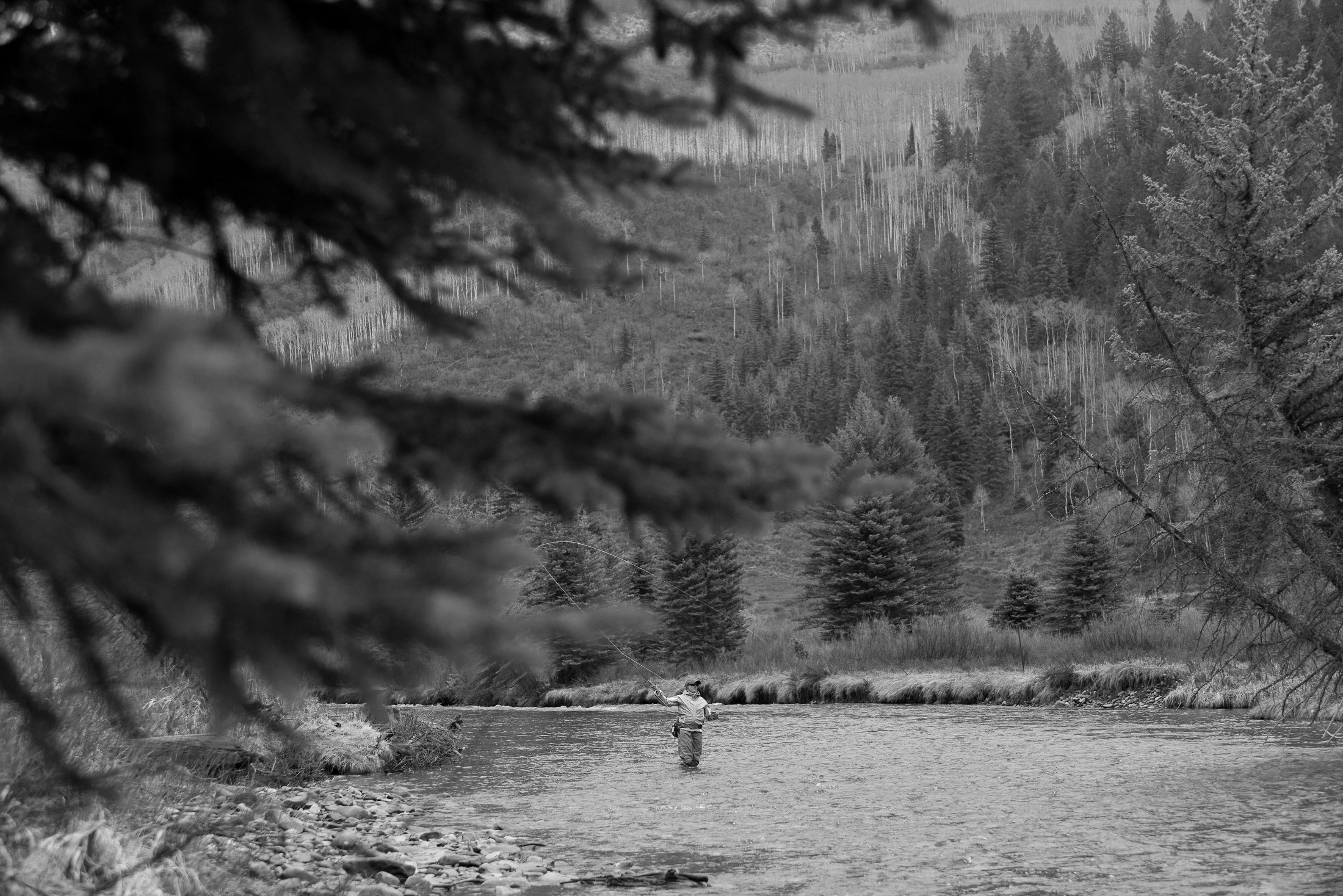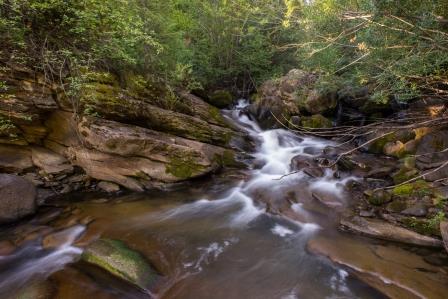Contacts:
Jay Chancellor, Colorado Advocacy Campaigns Manager – jay.chancellor@tu.org
Steve Kandell, Director of the National Campaign Support Center – steve.kandell@tu.org
Nick Gann, Rocky Mountain Communications Director – nick.gann@tu.org
WASHINGTON, DC – The U.S. Department of Interior (DOI) and the U.S. Department of Agriculture (USDA) announced that nearly 225,000 acres of public land in the Thompson Divide has been withdrawn from all forms of mineral entry, appropriation, and disposal for the next twenty years.
“The Thompson Divide is home to the headwaters of some of Colorado’s most storied trout streams including the Roaring Fork, the Crystal, and the North Fork of the Gunnison,” said Jay Chancellor, Colorado Advocacy Campaigns Manager for Trout Unlimited. “Trout Unlimited has worked for over a decade to secure long-term protections for one of the largest expanses of roadless forest land in Colorado and we are encouraged by the Administration’s decision to prohibit new mineral development in this area for the next twenty years.”
The mineral withdrawal excludes all prospective oil and gas operations in Thompson Divide for a twenty-year period but recognizes pre-existing leases and allows those activities to continue. The public land order includes protection for the White River and Grand Mesa, Uncompahgre, and Gunnison National Forests – public lands that bring over 10 million visitors to the state each year. The 20-year withdrawal is authorized by the Federal Land Policy and Management Act, but only Congress can legislate a permanent withdrawal.
“This is a historic step in preserving critical habitat in one of the last wild places in Colorado. While permanent protections are still needed for the Divide, a twenty-year withdrawal will not only support fish and wildlife, but will also boost Colorado’s outdoor recreation economy, which generates over $37 billion in consumer spending annually,” said Steve Kandell, Director of National Campaign Support Center at Trout Unlimited.












